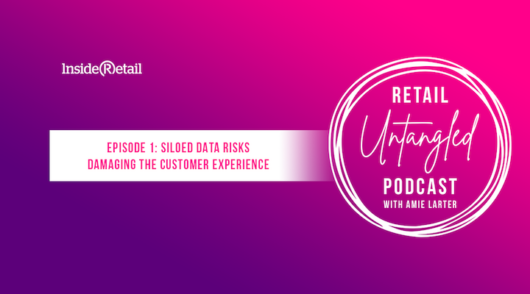Thanks to rapid innovations in supply chain management, AI technology and digital marketing, e-commerce is increasingly playing an integral role in the lives of everyday Aussies. With this momentum continuing into this year, it’s the perfect time for retailers to reexamine their strategies and restructure with growth and scale in mind.
Four key trends stand out as high-growth opportunities for online retailers. Read on to explore what these trends are, how they will affect your business, and how you can leverage them for growth in the coming year.
Customer retention
With both consumers and retailers feeling the pinch of increasing costs, customer retention will be a key theme of 2024. The competitive landscape is overflowing, making customer acquisition more expensive.
Customer retention efforts are six to seven times more cost-effective. Plus, it costs five times as much to attract a new customer, than to keep an existing one.
Increasing customer retention rates by as little as 5 per cent can result in 25-95 per cent more profit for your business.
You can increase customer retention by creating loyalty programs, improving the customer experience, offering personalised services or promotions, or simply focusing on improving product range or quality.
Niche audience targeting
Mass marketing is no longer necessary, or even necessarily desirable, in the digital age.
According to research from McKinsey, 71 per cent of consumers expect companies to deliver personalised interactions. Machine-learning algorithms make this possible for retailers of all shapes and sizes. We see this play out across paid and organic social.
TikTok’s algorithm, for example, curates feeds based on user activity and preferences, not engagement rates. This means that users are more likely to see highly specialised content from smaller influencers and advertisers, creating niche communities that can have significant influence over consumer spending.
Social commerce
Social media platforms are becoming ecommerce marketplaces. TikTok, Facebook, Instagram and Pinterest are starting to integrate native social commerce features, allowing users to hit ‘Shop Now’ on their favourite product-based posts and check out on the app.
By streamlining the shopping experience and keeping transactions on-platform, online retailers can cut down the steps required for conversion.
With over 4.95 billion people globally using social media (over 10 times the number of active users on both Ebay and Amazon), social media platforms are a strong contender against traditional marketplaces.
Modern fulfilment methods
Alternative, or modern-day, fulfilment options are on the rise for retailers, on the basis of cost and convenience.
In present-day e-commerce, same-day fulfilment and free shipping are often part and parcel, not perks of the experience.
Many companies already outsource part or all of their fulfilment to third-party logistics providers. Others are looking for alternative fulfilment methods to meet customer demand and stay ahead of ever-changing supply chains.
Some methods, such as micro-fulfilment, seek to cut last-mile delivery costs by placing specialised fulfilment centres in central locations. Other methods, such as digital concessions, are changing the face of distribution.
Brands partner with existing retailers and marketplaces to sell products through their online platforms, helping brands reach new markets without relinquishing control over distribution, pricing and branding.
Dropshipping has also made a comeback, allowing retailers to sell products without holding any inventory. Instead, retailers order the product from suppliers, who then ship directly to customers.
Grow your business with Dropshipzone
Is your business ready for 2024? You will be with Dropshipzone. Join Australia’s B2B2C marketplace and source high-quality, trending products from a wide range of suppliers at competitive prices. Get started with Dropshipzone today.






